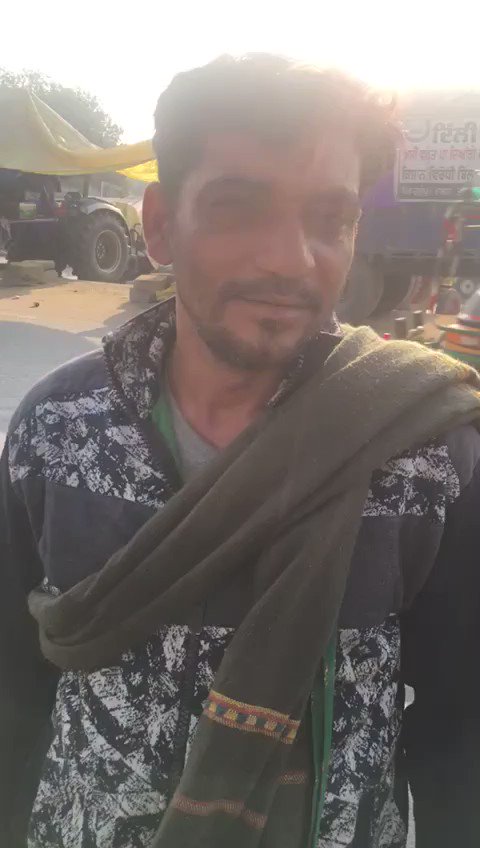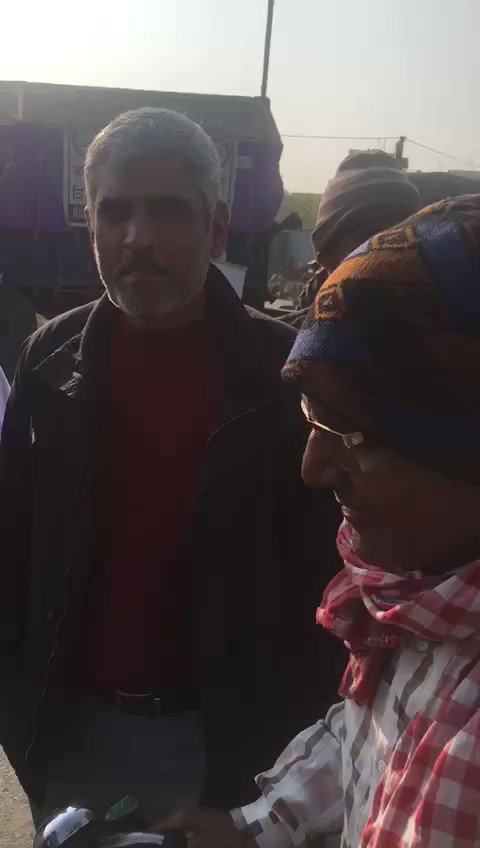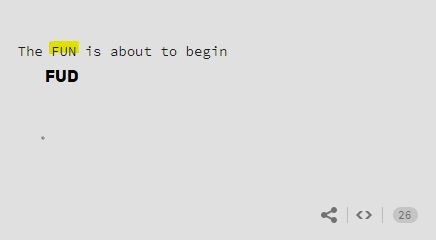3. Forty-five percent children in the state are undernourished and the decline of maternal mortality rate has decelerated.
What is the Gujarat Model of ‘development’? Thread.
1. Gujarat spends less than 2% of its income on education (the norm is 5-6%) with the result that 45% workers in Gujarat are illiterate or studied up to the fifth standard with the quality of education very poor. (The Wire)
3. Forty-five percent children in the state are undernourished and the decline of maternal mortality rate has decelerated.
One of the reasons it attracts businesses is because of the low wage rates, which are comparable to that of Uttar Pradesh.
https://t.co/9I0D41poQX
Workers working with bare hand and feet, often without safety gear handling even hazardous substances like asbestos.
Many have died from gas explosions, accidents.
Their deaths often go unreported or underreported.
(TheEconomicTimes)
According to the Union ministry of MSMEs, the number of sick units jumped from 4,321 in 2011 to 20,615 in 2013 and 49,382 in 2015.
Between 2004 and 2014, 60,000 MSMEs shut down in Gujarat.
(The LiveMint)
More from India

No one has a problem with protestors at #SinghuBorder. Who were the ones who came to protest??

https://t.co/l3xWK8z0m7

#IndiaStandsWithFarmers

Sweeetestt ❣️❣️❣️

You May Also Like
Beautifully read: why bookselfies are all over Instagram https://t.co/pBQA3JY0xm
— Guardian Books (@GuardianBooks) October 30, 2018
THEY DO READ THEM, YOU JUDGY, RACOON-PICKED TRASH BIN

If you come for Bookstagram, i will fight you.
In appreciation, here are some of my favourite bookstagrams of my books: (photos by lit_nerd37, mybookacademy, bookswrotemystory, and scorpio_books)

Like company moats, your personal moat should be a competitive advantage that is not only durable—it should also compound over time.
Characteristics of a personal moat below:
I'm increasingly interested in the idea of "personal moats" in the context of careers.
— Erik Torenberg (@eriktorenberg) November 22, 2018
Moats should be:
- Hard to learn and hard to do (but perhaps easier for you)
- Skills that are rare and valuable
- Legible
- Compounding over time
- Unique to your own talents & interests https://t.co/bB3k1YcH5b
2/ Like a company moat, you want to build career capital while you sleep.
As Andrew Chen noted:
People talk about \u201cpassive income\u201d a lot but not about \u201cpassive social capital\u201d or \u201cpassive networking\u201d or \u201cpassive knowledge gaining\u201d but that\u2019s what you can architect if you have a thing and it grows over time without intensive constant effort to sustain it
— Andrew Chen (@andrewchen) November 22, 2018
3/ You don’t want to build a competitive advantage that is fleeting or that will get commoditized
Things that might get commoditized over time (some longer than
Things that look like moats but likely aren\u2019t or may fade:
— Erik Torenberg (@eriktorenberg) November 22, 2018
- Proprietary networks
- Being something other than one of the best at any tournament style-game
- Many "awards"
- Twitter followers or general reach without "respect"
- Anything that depends on information asymmetry https://t.co/abjxesVIh9
4/ Before the arrival of recorded music, what used to be scarce was the actual music itself — required an in-person artist.
After recorded music, the music itself became abundant and what became scarce was curation, distribution, and self space.
5/ Similarly, in careers, what used to be (more) scarce were things like ideas, money, and exclusive relationships.
In the internet economy, what has become scarce are things like specific knowledge, rare & valuable skills, and great reputations.





























